8 Exercises to relieve low back pain and strengthen your back
It is undeniable that one of the pathologies for which most patients come, not only to physiotherapy clinics, but also to doctors’ offices, is the wrongly called low back pain, a generic name that serves as a catch-all for a large number of pathologies that affect the lower lumbar area.
Obviously, a good diagnosis is essential, especially when it comes to prescribing therapeutic exercise for this type of patient, because we must always be selective and analyze conscientiously which exercises we can or cannot prescribe for our patients. Either because we know it will not be suitable or because the patient himself rejects it.
Here is our selection of basic exercises for low back pain at home.
Lumbar strengthening at home
- Lying pelvic scale:
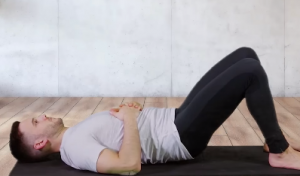
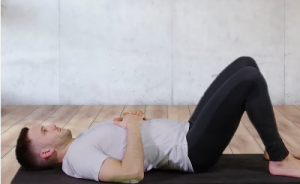
Starting position: supine decubitus, with knees slightly flexed.
Basic pelvic anteversion and retroversion work. Very useful for patients who do not control their pelvis very well.
- Cat-Camel:
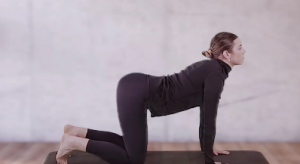
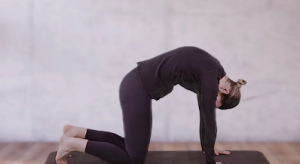
Starting position: quadruped, back straight. Hands under the shoulders and knees under the hips.
The patient contracts the abdominals to round and flex the spine by bringing the head and pelvis closer together. Then separate the chest and coccyx while arching the spine.
- Death Bug:
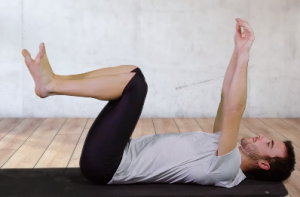
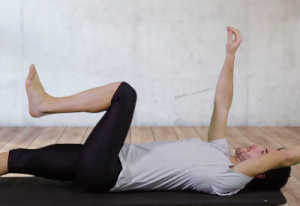
Starting position: supine decubitus, with knees bent and arms towards the ceiling.
The patient lowers one leg while lowering the opposite arm, performing a shoulder flexion. Then return to the initial position and repeat with the contralateral side.
- Stretching of the child:
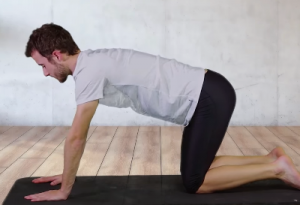
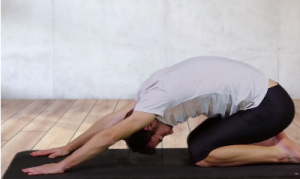
Starting position: quadruped. Hands under the shoulders and knees under the hips.
The patient is dropped backwards without changing the position of hands and legs so that the entire spine is stretched and is in a “prayer” position.
- Knee plank
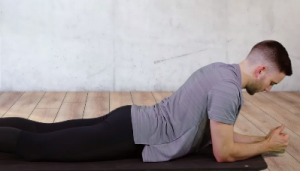
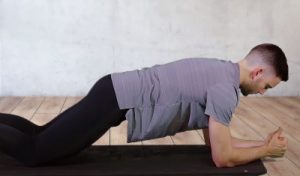
Starting position: prone, supported on the forearms.
The patient leaves his knees slightly displaced backwards and rests on his forearms, holding the position for about 10 seconds.
- Lateral plank on knees:


Starting position: lateral decubitus, with knees bent and weight on one forearm.
The patient elevates his pelvis and stabilizes his spine. Hold the position for 10 seconds.
- Forearm plank:
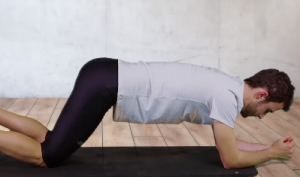
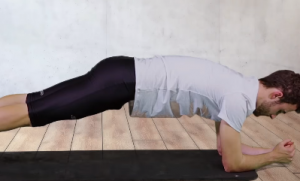
Starting position: prone, with the knees slightly behind the hips and the weight of the torso on the forearms.
The patient raises his pelvis supporting his body weight on the tips of his feet and forearms.
- Superman:
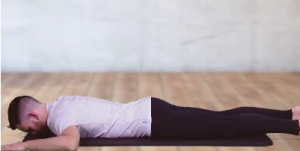
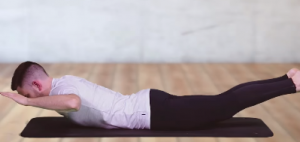
Starting position: prone, with the arms in shoulder flexion position.
The patient lifts the legs into hip extension and the arms into flexion, supporting all the weight on the torso.
What exercises do I rule out when it comes to low back pain?
Most of the exercises are discarded because of:
- High-impact exercise: we refer to those that force you to take your feet off the ground. That is, those that involve running, jumping, etc.
- Exercise involving lumbar rotations.
- Exercises involving forced flexion.
- Hyperextension exercises.
Well, the reality is that the exercise that cannot be discarded is the one that does not suit your patient. It is true that we do not usually send most patients an abdominal crunch or plyometric jumping jacks, but in the end it will depend on the degree and type of injury. We will not send the same exercise for sciatica as for spondyloarthrosis.
Core is the “core” of low back pain treatment.
Core work, as we know, seeks to strengthen the lumbar girdle, abdominals and buttocks, all of them protective muscles of the spine.
In any type of low back pain, this musculature must be strengthened for a correct recovery and to avoid recurrence in the future. A deficient core leads to compensations, compensations to overloads and overloads to the appearance of pain. A deficient muscular contraction exposes the lumbar spine to the appearance of pathologies.
For this reason, after the pertinent physiotherapeutic techniques (massage therapy, dry needling, neurostimulation, etc.), it is essential to work with therapeutic exercise.